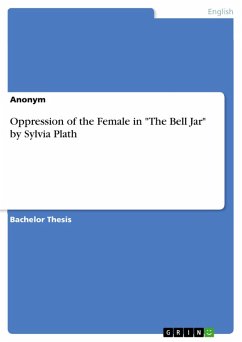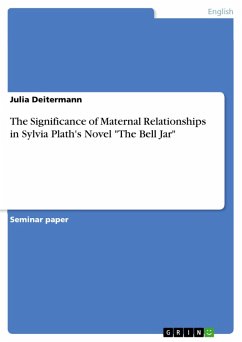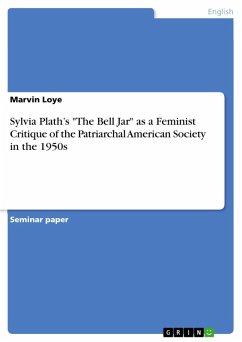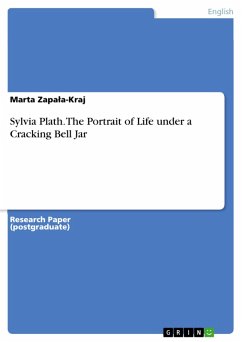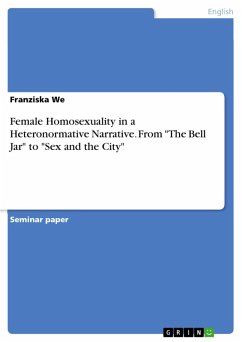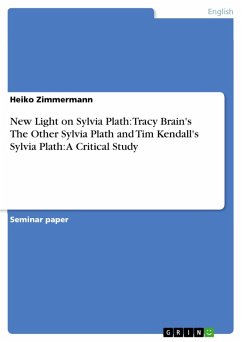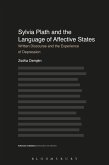Bachelor Thesis from the year 2019 in the subject American Studies - Literature, grade: 2,3, University of Dusseldorf "Heinrich Heine", language: English, abstract: The purpose of this thesis is to examine how female authors have presented their own views of a gender restrictive era. Therefore, I am going to analyze two feminist theories, Margaret Fuller's theory "Woman in the nineteenth century" (1845) and Betty Friedan's "Feminine Mystique" (1963), as well as Sylvia Plath's novel "The Bell Jar" (1963). These texts are chosen as they all deal with issues related to femininity and tried to redefine gender roles at their time. The first part of this thesis will compare the theoretical ideas of Friedan and Fuller in order to see how these authors have experienced the patriarchal system of their time and to what extent the role of women in American society has changed. Both theories are important for the analysis of "The Bell Jar" as they contribute to an understanding of the protagonist's struggle to adapt to the implicit rules of the patriarchal system she lives in. The concepts of marriage, education and career as well as motherhood and domesticity are exclusively chosen to explain Esther's place in a society that has certain expectations and rules for women the heroine can no longer accept. Sylvia Plath's novel calls attention to the injustice of the treatment young women received at that time and shows the destructive effects of her era on women who refused to conform to ideals and rules made by the patriarchal system. The main part of this thesis examines how the novel presents the oppressive system of 1950's America in which the heroine has to live in. With "The Bell Jar", Plath provides insight into 1950's America and underlines several issues regarding femininity. She demonstrates these issues with several characters that are either challenging or upholding the system, with character relationships or with medical institutions that "stand as an emblem for women's oppression". Thus, the focus will be on analyzing the instruments and devices Plath uses to shed light on the inequality women experienced at that time.
Dieser Download kann aus rechtlichen Gründen nur mit Rechnungsadresse in A, B, BG, CY, CZ, D, DK, EW, E, FIN, F, GR, HR, H, IRL, I, LT, L, LR, M, NL, PL, P, R, S, SLO, SK ausgeliefert werden.

